20 best photo spots in Montreal
If you are going on a Canada road trip, chances are you will be stopping by Montreal.
Even though it's no secret that there are a ton of photogenic places in the metropolis, here are the 20 spots that really deserve a few photos, whether it's to keep them safe in an album or to post them on Instagram.
1. Kondiaronk Belvedere
Overlooking the city, Mount Royal Park is considered to be the lungs of the metropolis.
Very frequented by locals, it is a precious playground where the practice of a multitude of sporting activities is possible, all year long.
And for tourists passing through Montreal, it is undoubtedly a must! Even if you are only spending a couple days in Montreal, you will definitely want to make a stop here.
The Kondiaronk belvedere, accessible on foot, by public transport or by car, offers one of the most beautiful views of the downtown area and the majestic St. Lawrence River.
Once at the belvedere, take the opportunity to visit the French Beaux-Arts-style mountain chalet, built in 1932.
There you will find historical paintings retracing the history and development of the city.
2. Farine Five Roses neon sign
This icon of Montreal's industrial heritage is one of the city's most recongizable symbols.
Installed in 1948 on the roof of the ADM flour mill building, the advertising neon dominates the Peel Basin, near another Montreal landmark: Silo 5 .
Looking at archival photos, you'll notice that the neon sign has undergone some linguistic changes since its launch.
It was first branded "Farine Ogilvie Flour" and then "Farine Five Roses Flour" a few years later.
In 1977, following the adoption of Bill 101 (Charter of the French language), the name was changed to the 15 letters as we know them today.
Visible from several places in the city, the structure can, among other things, be photographed from the bike path on the Berge des Coursiers, near the Lachine Canal l.
Several decorative elements bearing the image of Montreal are inspired by this famous sign. This is a great idea if you want to take a symbolic souvenir home with you.
3. Mural tribute to Leonard Cohen
Entitled Tower of Songs, this work of art was produced in 2017 to pay tribute to Montrealer Leonard Cohen, a singer-songwriter, poet, novelist and painter.
Deceased a year earlier, the multidisciplinary artist from the Westmount neighborhood was an important cultural figure for Montreal.
Leonard Cohen’s portrait is based on a photo taken by his family in 2008.
The huge mural adorns the wall of a 21-story building, located at 1420 Crescent Street, and since June of last year, a lighting system has made it possible to admire and photograph the work day and night.
For a great view point, go to the intersection of boulevard de Maisonneuve Ouest and Crescent street or at the Museum of Fine Arts.
You can also go to the Mont-Royal Park Observatory (Kondiaronk Belvedere), where it is clearly visible amidst the skyscrapers.
4. Habitat 67
On the shores of the St. Lawrence River, this anything-but-ordinary building was created as part of the 1967 Universal Exhibition (Expo 67).
The famous creation of visionary architect Moshe Safdie is an important architectural icon to the city.
This huge sculpture is made up of 354 cubic modules, superimposed on top of each other and housing more than 150 apartments.
This housing complex is classified as a historic monument by the Government of Quebec. You can admire it at Cité du Havre, near Saint Helen's Island.
5. Saint-Joseph's Oratory
Built into the western slope of Mount Royal, Saint Joseph’s Oratory is a monumental sanctuary comprising several buildings, including a basilica inspired by Italian Renaissance architecture. Its dome — 39 metres in diameter — rises 155 metres above Queen Mary Road and reaches 263 metres in altitude, making it the highest point in Montreal.
Since 14 February 2025, visitors have been welcomed into a new 5,000 m² glass pavilion featuring a boutique, a panoramic café, and exhibition spaces — opening the sanctuary up to the city while enhancing universal accessibility.
Founded in 1904 by Saint Brother André, the Oratory remains one of the world’s major pilgrimage sites, drawing nearly two million visitors annually. Whether devout or simply curious, visitors can enjoy breathtaking views of Montreal from the outdoor esplanades.
The next major phase (Stage 4 of the “Grand Development Project”) began in 2025: the construction of a gallery and 360° observatory within the dome, scheduled to open by 2027. This viewpoint will offer the “highest window” in the metropolis. In the meantime, the main spaces remain open to visitors — a must for capturing the skyline!
6. La Grand Roue de Montréal
Inaugurated in 2017 to mark Montreal’s 375th anniversary, the Grande Roue quickly became an emblem of the Old Port. Standing 60 metres tall, it offers an impressive view of the river, the downtown skyline, and Mount Royal.
The 42 glass cabins, heated in winter and air-conditioned in summer, ensure optimal comfort even in January. A “VIP” experience is also available, featuring a glass floor and private cabin.
As of 2025, a standard adult ticket costs around $27.50 (tax included) — a significant budget for families. Luckily, the structure is highly photogenic, especially in the late afternoon when the golden light hits its metallic spokes. The best shots are taken from the Old Port’s quays or from below on rue de la Commune.
No need to break the bank: whether or not you ride it, this iconic visual landmark makes a great photo subject year-round.
7. Dragon Flowers Florist
It’s not just official iconic buildings that make great photos, the Instagrammable storefront of the Dragon Flowers florist and convenience store proves it.
Located in the Mile-End district, the facade of the small business is covered with floral arrangements, where dozens of white bird cages and plants hang.
Tamey Lau, the charming owner of Chinese origin, has been known and loved by locals for over 25 years.
Don't hesitate to give her a nice smile and take the time to chat with her before asking her permission to photograph her flowers.
You might even get a photo of her beautiful, contagious smile.
8. The new Champlain Bridge
It is said that the new Champlain Bridge, completely open to traffic since July 1st, 2019, will become to Montreal what the Golden Gate is to San Francisco, nothing less!
With its 60 meters width, the bridge that connects Montreal to the South Shore (Brossard) is the widest in the world.
But the true signature element of the bridge is undoubtedly the 60 shrouds, which add aesthetics and elegance. These serve to support the huge structure and are taller than the tower of the Olympic stadium.
Eventually, a multifunctional path reserved for pedestrians and cyclists will be set up in the center of the traffic lanes. It will be made up of 4 observatories, which will offer magnificent views of the Montreal skyline.
In the evening, the bridge is lit up with an installation of 7,500 lights that can display a multitude of colors.
The base illumination is white, but if you are lucky you may have the opportunity to catch a themed lighting, often associated with large events.
For a great view, rent a Bixi bike (or an Uber Jump; they are electric and therefore much faster) and head to the bicycle path at the pier. The pier is accessible from the Verdun borough or from Parc Jean-Drapeau .
If you have a rental car in Montreal, cross over to the South Shore and go to Champlain Bridge Park or to Le Havre Park.
Whichever way you choose to admire it, be sure to go and see with your own eyes this great and very recent architectural pride of the Province of Quebec, which will quickly become an emblem of the metropolis.
9. Jean-Talon market
The Jean-Talon market is one of the island's many public markets.
Inaugurated in 1933 in the Little Italy district, it stands out from the others by the impressive number of kiosks found there, year-round.
Whether as a couple, with friends or with family, a visit to the Jean-Talon market is an activity in itself for all Montrealers.
We go there to shop, but above all to enjoy the festive atmosphere, warm exchanges with the merchants and appetizing local restaurants.
Here, you will have the opportunity to take wonderful photos of typical Montreal moments and learn more about local products.
Make sure to buy a few cans of maple syrup to take home. You can thank me later!
10. Westmount Greenhouse
The Westmount Conservatory and heritage greenhouses remain one of Montreal’s hidden gems, nestled in the peaceful Westmount Park. Off the usual tourist trail, this site is a true oasis of calm, much loved by locals seeking a moment of escape.
Recently fully restored, the greenhouses now provide an even more inviting setting for quiet and respectful photoshoots in this delicate botanical environment. Natural light filtering through the glass walls and the abundance of tropical plants create a unique and serene atmosphere.
Admission is free and open to the public year-round, but be aware that occasional closures may occur due to seasonal floral preparations. It’s wise to check the Westmount official website before planning your visit — especially if you're crossing the city from east to west just to see this hidden gem.
11. The houses in the Plateau district
On the Plateau Mont-Royal (a district that no longer needs an introduction because it is so popular with Europeans), Drolet street will give you a particularly colorful view.
Between rue Mont-Royal and Square Saint-Louis, you will have the opportunity to admire magnificent houses: pointed roofs, brick facades of all colors, balconies all more beautiful than the others and the famous Montreal exterior staircases .
These very typical staircases are a historic architectural element for Montreal and whether we like it or not, they give the city a unique character.
12. Notre-Dame Basilica
Built in 1829, Notre-Dame Basilica remains Montreal’s most iconic church and one of the finest treasures of Quebec’s religious heritage. Designated a National Historic Site of Canada, it is among the oldest and most prestigious Neo-Gothic buildings in North America, attracting nearly one million visitors annually.
The basilica’s interior is spectacular: intricately carved wooden sculptures, vibrant frescoes, and stunning stained-glass windows make it a true gallery of sacred art. A 20-minute express guided tour is included with standard admission. You can also opt for an in-depth visit with access to exclusive areas usually closed to the public.
Admission prices slightly increased in 2025: expect to pay around $10 per adult and $7 per child (ages 7–17) for the standard tour, and $18 per adult and $12 per child for the full experience.
To avoid crowds and capture beautiful shots without interference, visit early in the morning, ideally on a weekday. Always turn off your flash to preserve the site’s unique atmosphere.
In the evening, the immersive Aura experience — a sound and light show projected inside the basilica — remains unmissable. Note, however, that photography and video recording are strictly prohibited during the performance to maintain its immersive quality.
13. Orange Julep
The famous giant orange sphere has been overlooking the Decarie highway since 1945. It is a snack bar, now considered one of the city's most iconic spots.
This is a must for all amateur photographers visiting Montreal!
During the summer, every Wednesday evening, the Montreal institution is the gathering place for several vintage cars owners.
If the timing works with your route, you'll make some great, vintage-looking photos.
While you're at it, take the opportunity to taste the Julep, their famous creamy orange juice, the recipe of which has been kept secret since it was released.
With the Julep, it's a hit or a miss. You will absolutely adore it or hate it. There is no in-between, it seems!
14. Jacques-Cartier bridge
Open since 1931, the Jacques-Cartier Bridge occupies a place of great importance in the Montreal landscape.
Accessible by a 2.7 km cycle and pedestrian path, it offers a breathtaking panorama of the St. Lawrence River, Saint Helen's Island and downtown.
You will be able to take beautiful photos in complete safety. However, be careful of bikes as they sometimes arrive very quickly.
But the view isn't just great on the deck.
Indeed, since the 375th anniversary of the city, the bridge has been equipped with an impressive and complex interactive LED lighting system, offering residents a splendid light show every night, brilliantly and intelligently choreographed.
The lighting changes with the seasons, in addition to adapting to different events and visually translating Montreal life in real time (according to mentions of Montreal on social media, for example).
Like the locals, you too can admire the bridge at dusk by walking over it, or by visiting Village au Pied-du-Courant (open during summer only).
To access this ephemeral station that looks like an urban beach, go to Notre-Dame street, near the Papineau metro station (green line).
15. Lachine canal
From Old Montreal to Lake Saint-Louis, the Lachine Canal waterway has stretched for more than 13.5 kilometers since ... 1825! No wonder the urban route is now designated a national historic site.
Located in the heart of the city, the canal offers a breathtaking view of the water and privileged access to several neighborhoods, including Griffintown, Little Burgundy and Saint-Henri.
Bordered by a pedestrian and bicycle lane, it is the favorite spot for Montrealers who love running, cycling or simply picnicking with friends.
The numerous industrial remains found on the shore are extremely photogenic, as are the swan-shaped pedal boats that can be rented.
To treat yourself to an instagrammable pedal boat session, go to the canal nautical center. You may come across several boats, kayaks, and maybe even watch dragon boat practice.
Budget $ 35 for a one-hour rental.
Just in front of the nautical center, do not forget to stop at the Atwater Market for a snack.
Finally, don't miss the sunset from the comfort of one of the many red Adirondack chairs.
16. La Grande Bibliothèque
Located in the heart of the Latin Quarter, just steps from UQAM, the Grande Bibliothèque (BAnQ) impresses with its modern, open architecture and vast collection of over 3.5 million documents spread across five floors. It’s both an essential cultural destination and a superb urban photography spot.
For the iconic “Instagram” shot from the upper floors, head to the reading room at 535 Viger Avenue East. With its symmetrical rows of colourful shelves and the soft interplay of natural light, it offers the perfect backdrop for graphic images loved by fans of contemporary architecture.
Entry is free and open to all — take the opportunity to explore this landmark building and soak up the studious yet warm atmosphere that prevails in the heart of downtown Montreal.
17. Jacques Cartier square
Located in the heart of Old Montreal , it is the liveliest square in the neighborhood with its street artists, its flower stands and its many terraces.
Established in 1804, Jacques-Cartier square is teeming with life. All year round, Montrealers like tourists go there to stroll and take wonderful photos.
And a few steps away, do not miss trying one of the great classics of local ''gastronomy'': the beaver tail.
18. Botanical Garden
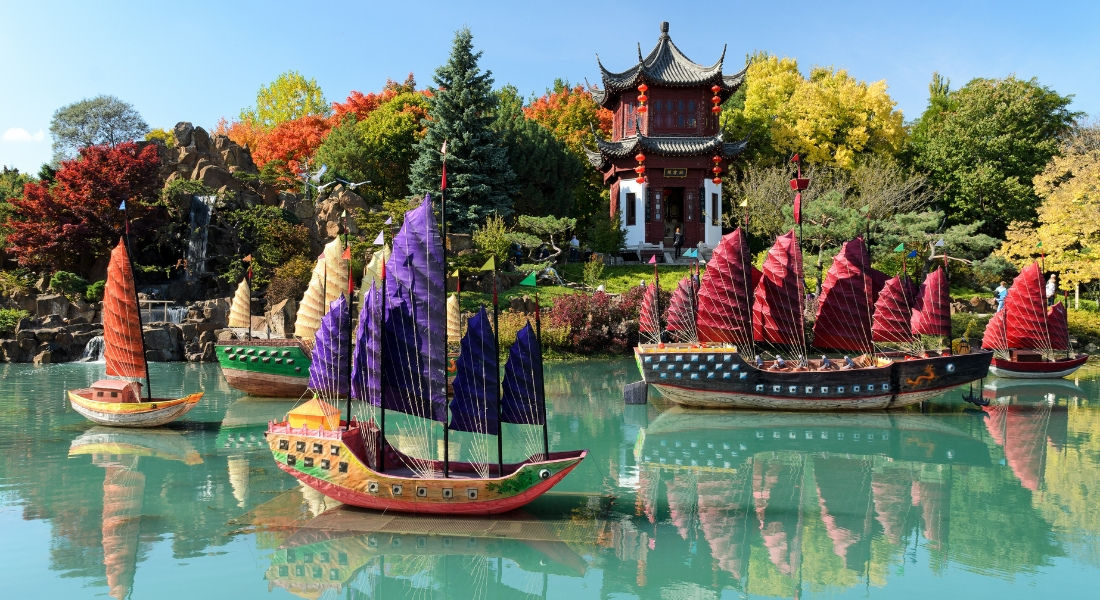
Founded in 1931 and worldy known, the Montreal Botanical Garden is absolutely splendid.
There are dozens of themed outdoor gardens, indoor greenhouses open year-round and unique collections of certain species - all together, they cover an area of 75 hectares.
Among the site's must-sees are the Chinese Garden, the Japanese Garden and the First Nations Garden.
If you are lucky enough to visit it in the fall, note that the three cultural gardens light up in the evening and provide visitors with a magical experience. This is an event not to be missed !
19. Wiliam Gray Terrace
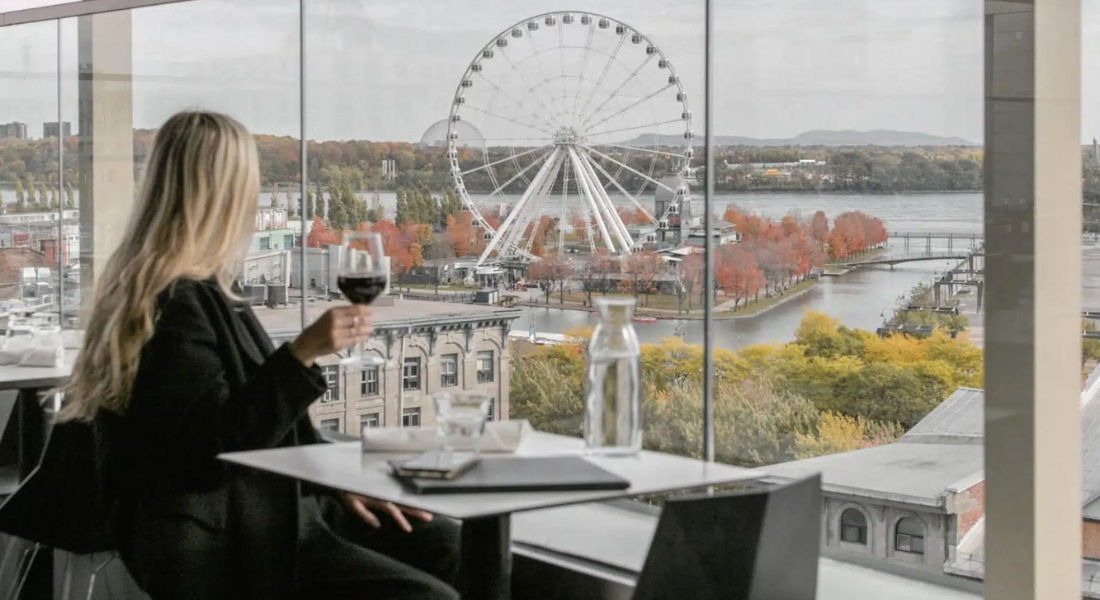
Perched atop the William Gray Hotel, in the heart of Old Montreal, Terrasse William Gray offers one of the best panoramic views of the city. Day or night, it’s the perfect place to capture stunning shots of the Old Port, the illuminated Jacques-Cartier Bridge, and the Grande Roue.
Its elegant décor and lively vibe also make it a must-visit spot to enjoy cocktails, tapas, or brunch in a sophisticated atmosphere. Be sure to book in advance, especially in summer or at sunset, to secure the best seats for your photos!
20. La Maison Lavande
La Maison Lavande is located about an hour by car from the city center: you must therefore have a car to get there.
On the other hand, the trip is worth it, especially if you have always dreamed of visiting Provence.
In a magical setting, you will have the opportunity to stroll through more than a kilometer in a lavender field.
This is a very nice stopover for travelers who are finishing a Quebec RV road trip and who will be camping out in Oka National Park before returning their RV in Montreal.
From the national park, allow about 20 minutes to get there.
And that's it for the 20 best photo spots in Montreal!
Do you know any other good spots? Please feel free to share them with us in the comments section below.













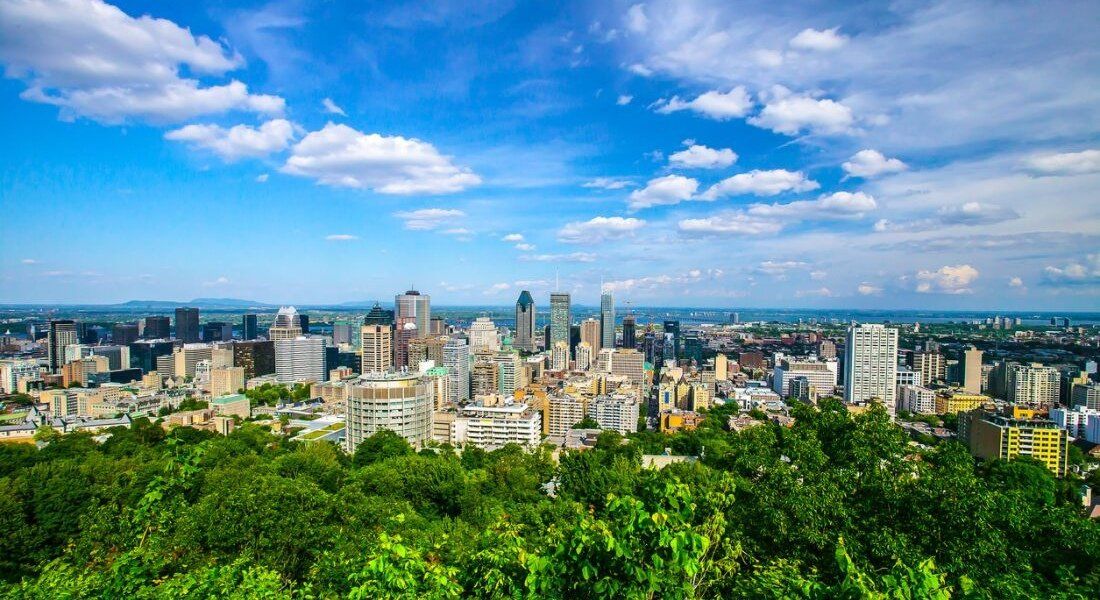








































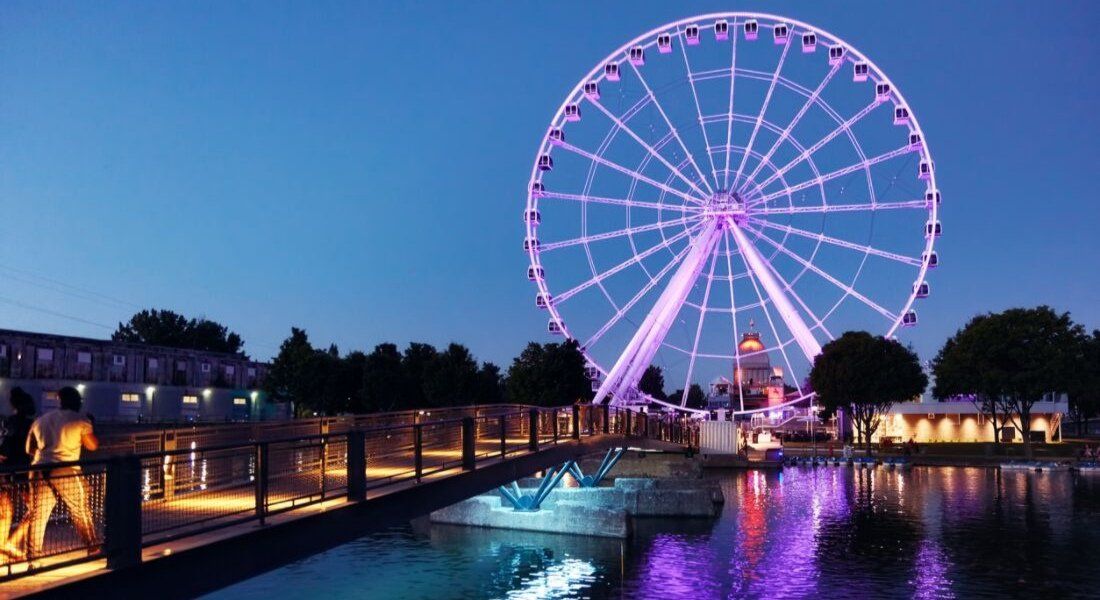











































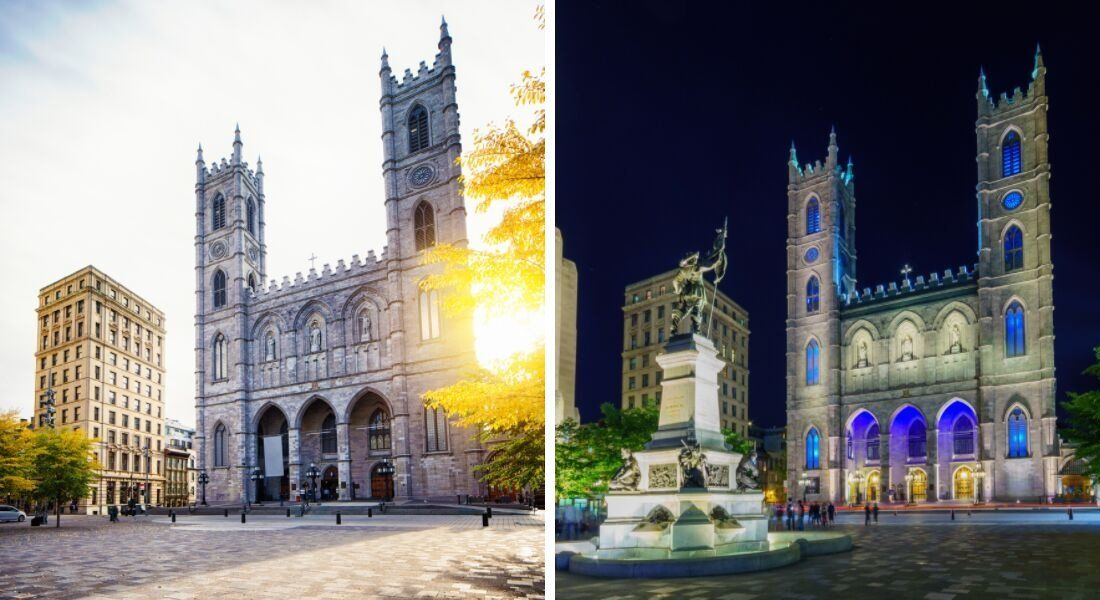





























































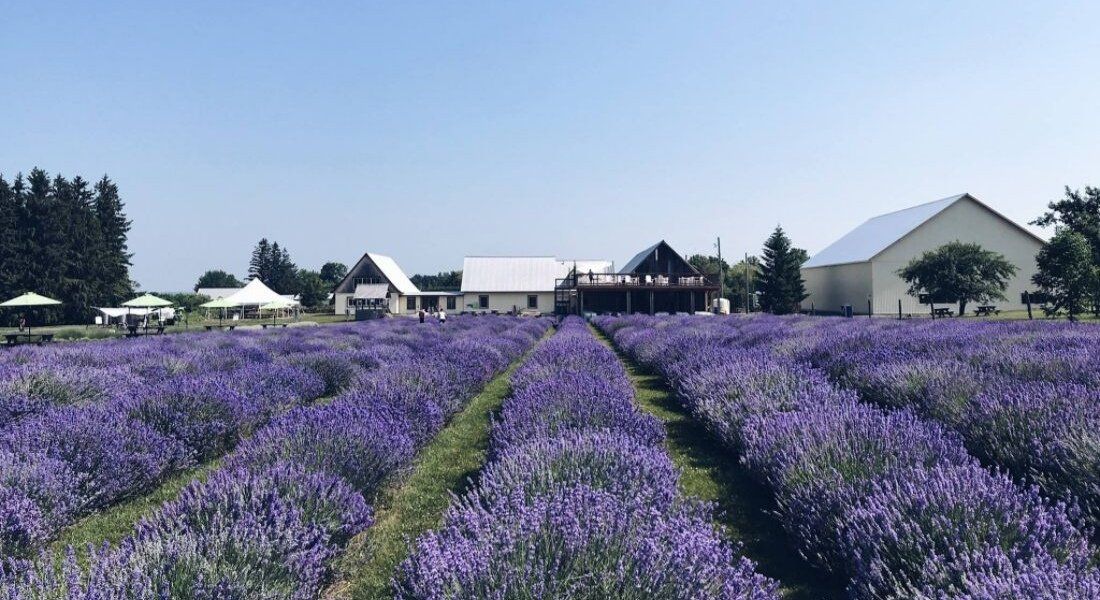























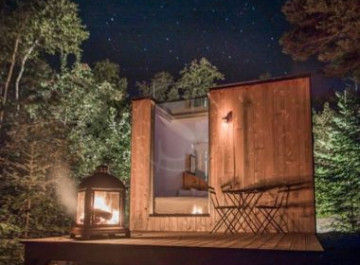



Leave a comment
Répondre à: -
delete my replyYour e-mail address will not be shared
14 comments